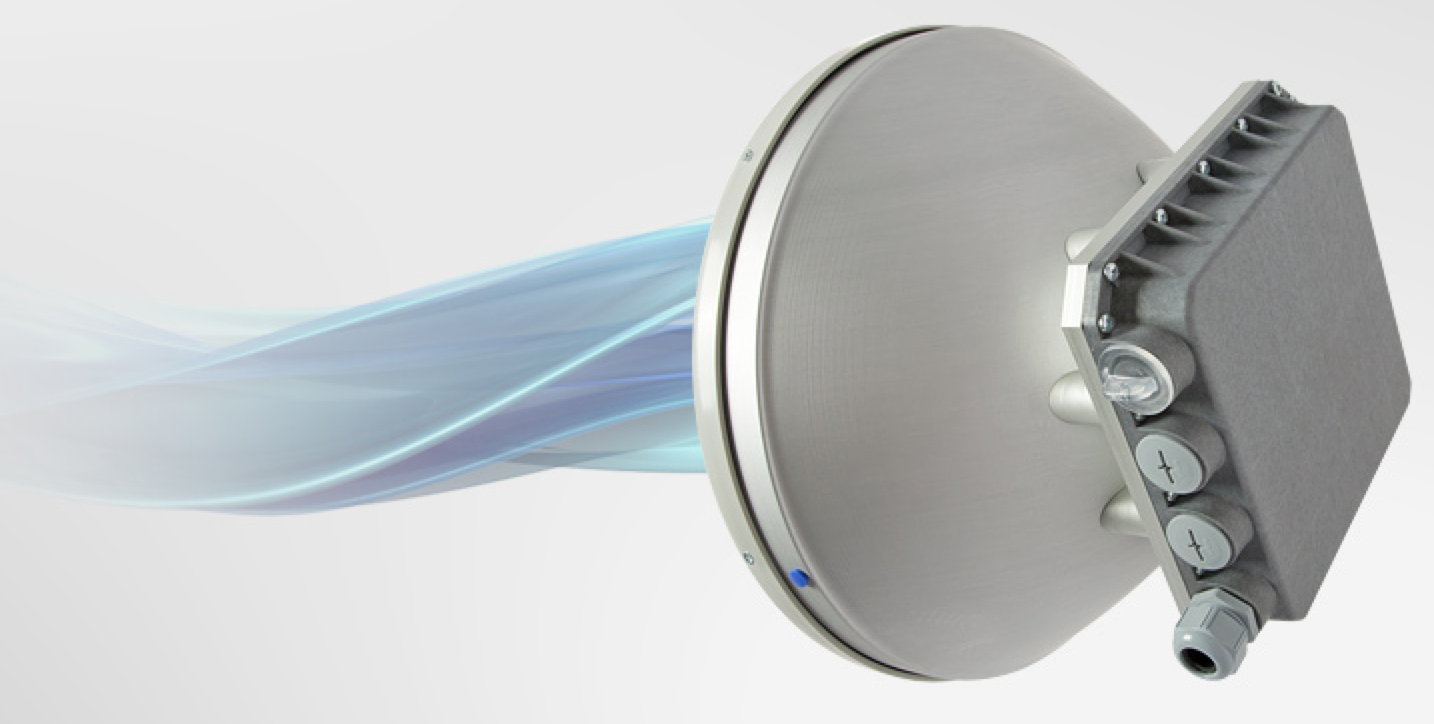There are a lot of wireless communication radio manufacturers to choose from when designing a wireless backhaul network. A wireless Ethernet bridge can provide bandwidth speeds of a few Kbps to Gbps+ can be achieved. Today using point to point wireless backhaul, such as licensed microwave communications, can provide over GigE full duplex wireless communications. Unlicensed outdoor wireless Ethernet bridge systems can provide over 300Mbps wireless throughput. Point to multipoint wireless systems using unlicensed wireless communications can achieve upwards of 300Mbps and technologies like LTE and WiMax can provide over 40Mbps of wireless communications.
Utilities, such as water (both clean and waste), oil & gas, and electrical, are large users of wireless communication. Utilities typically cover a large geographic service area and have many end points where there is a need for data communications. It becomes physically impossible or at least cost prohibitive to run fiber communications to hundreds of sites that the utilities need communication. Wireless backhaul solves the utilities’ needs and provides them with a means to better monitor and control their infrastructure in the field.
Historically, utilities only needed and used serial communications to monitor field controls, like flow valves, PLC’s and RTU’s, temperature and pressure gages, relays, etc. Over the past several years we have seen that the whole utility industry is migrating to IP based communications for all their field devices and serial communications are going away. So with that many utility organizations have been replacing traditional SCADA telemetry wireless communications with outdoor wireless Ethernet backhaul.
Utilities are building complete wireless backhaul networks to service their territories. Licensed microwave links are being used for a backbone network. Last mile wireless Ethernet bridge systems, like point to multipoint wireless connectivity, LTE, and WiMax are being deployed to wirelessly connect field facilities. Two-Way radio, LTE, and WiMax are being deployed to provide mobility wireless communications. By doing so utilities are making the jump to wireless Ethernet communication to handle their IP networking needs and are also taking the advantage of the higher bandwidth they get with wireless backhaul.
One major problem the utility industry faces is that with so many different wireless Ethernet bridge technologies manufacturers out there many are buying the wrong wireless communication systems. Utilities are usually operating in harsh environments. Weather is always one concern, but many utilities have to contend with various chemicals, EMI (Electromagnetic Interference), and other situations that can cause damage to many of the typical commercial wireless backhaul systems that are used for other industries.
There is specific wireless backhaul manufactured equipment that has been designed to meet the demanding environments most utilities have. Special radio communication systems have been made to handle environments that contain chemicals, have high exposure to salt air, and even to combat EMI in electrical substations.
For licensed wireless backhaul, companies like SAF Tehnika has launched their new Integra microwave communication radio platform. The Integra uses a special aluminum alloy and stainless steel parts that resistant to corrosion. This includes the antenna and mounting brackets. Many wireless bridge systems used for microwave backhaul have the radio in a die cast housing. If the enclosure is die-casted it means that the metal is melted, which makes it porous. Although all typical die-casted enclosures are covered with special paint, there still are places were the paint ends and water can easily get into the pores and start corroding. Other outdoor wireless system use NEMA type housings for the radio, but the other parts are not protected for harsh environments. The Integra is fully protected from top down.
Siemens RuggedCom has been known for years for making hardened industrial switch components. Their WiMax platform is just as hardened as their networking equipment. The RuggedCom RuggedMAX WiMax platform is specially made to handle the utility environment. The RuggedCom WiMax base stations and subscriber units are specially designed to handle EMI, which is great for Smart Grid applications, and can be deployed within electrical substations and on structures around high voltage, which we see in the Oil & Gas and Water utility environments.
CalAmp DataRadio has a full line of hardened wireless communication products that have been proven in the utility industry for SCADA backhaul. Their VHF/UHF Viper SC+ radio also gives utilities that are slowly migrating from wireless serial communications to IP based wireless communications. The Viper SC+ can be deployed in a hybrid environment giving the utility all the time needed to slowly convert over their PLC’s and RTU’s from serial to Ethernet. Their new Fusion radio is ideal for vehicle nodes providing LTE backhaul along with in vehicle Wi-Fi handoff.
There are a lot of great wireless backhaul systems out there, but when it comes to harsh and challenging environments like those that utilities face, certain considerations must be taken into account. Choosing the right wireless backhaul products, whether licensed microwave communications, last mile point to multipoint wireless Ethernet connectivity, or for wireless mobility applications is vital for long term survivability and reliability. Specially made hardened wireless communication systems are ideal for use by utilities. The right tool for the job!










